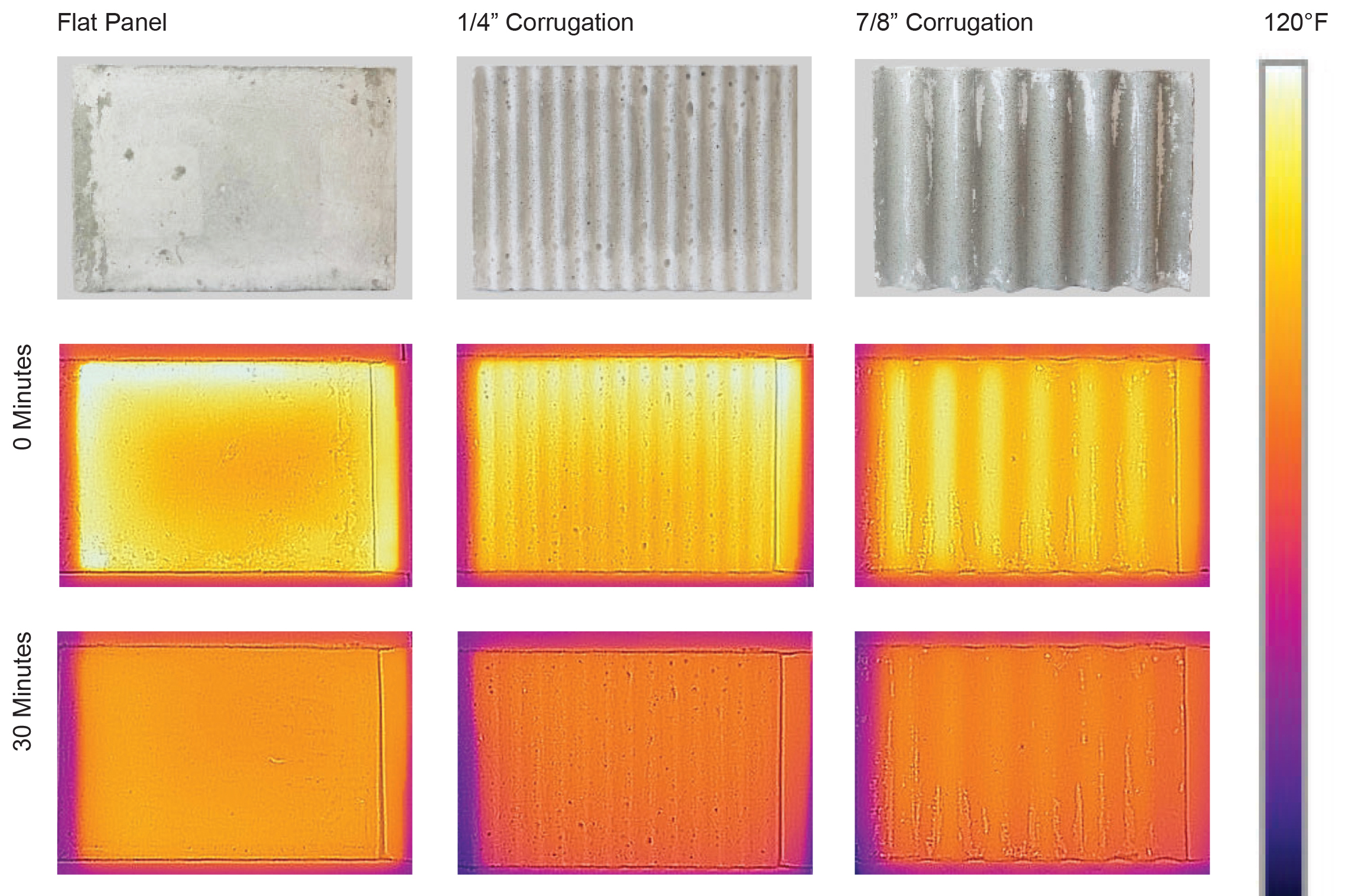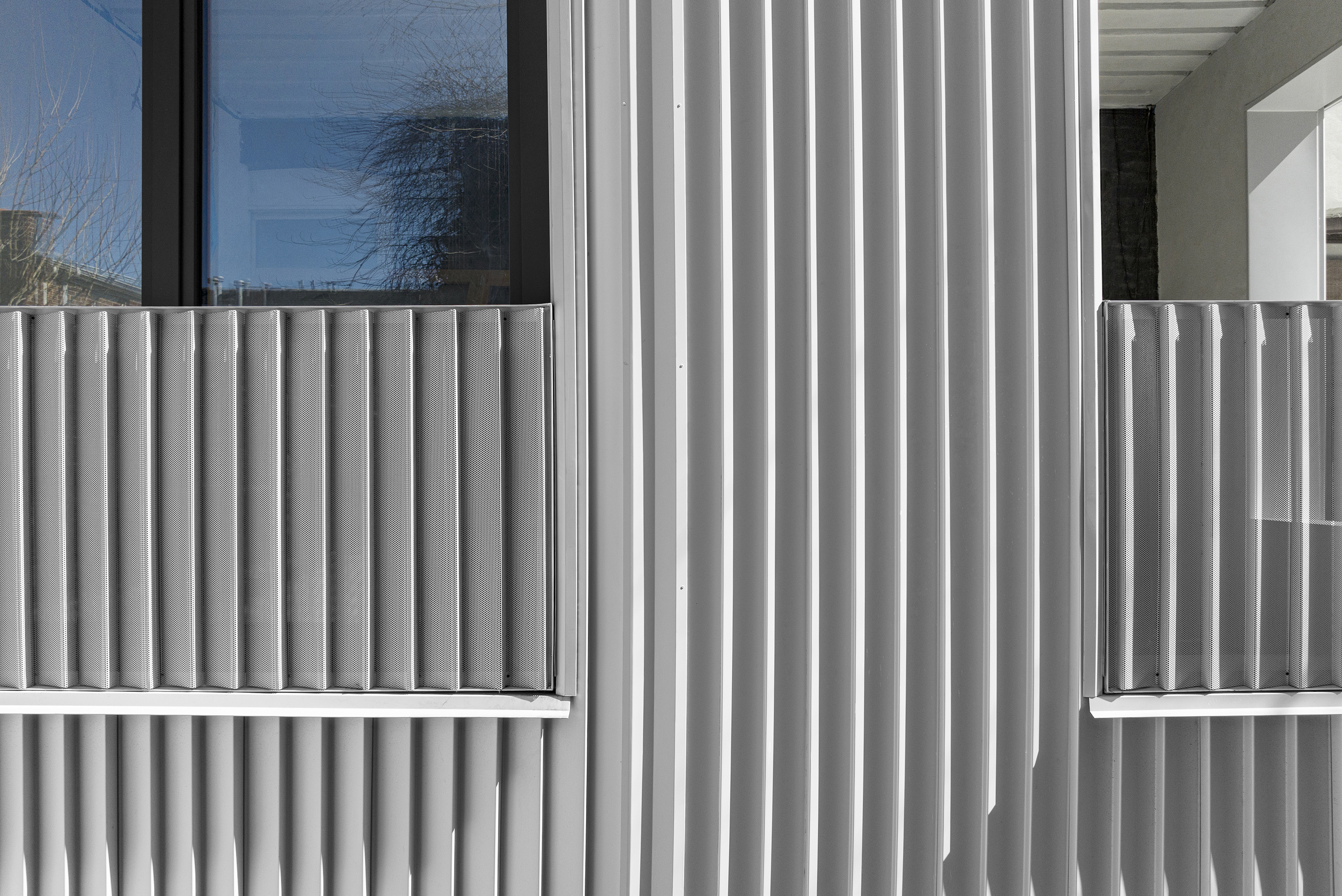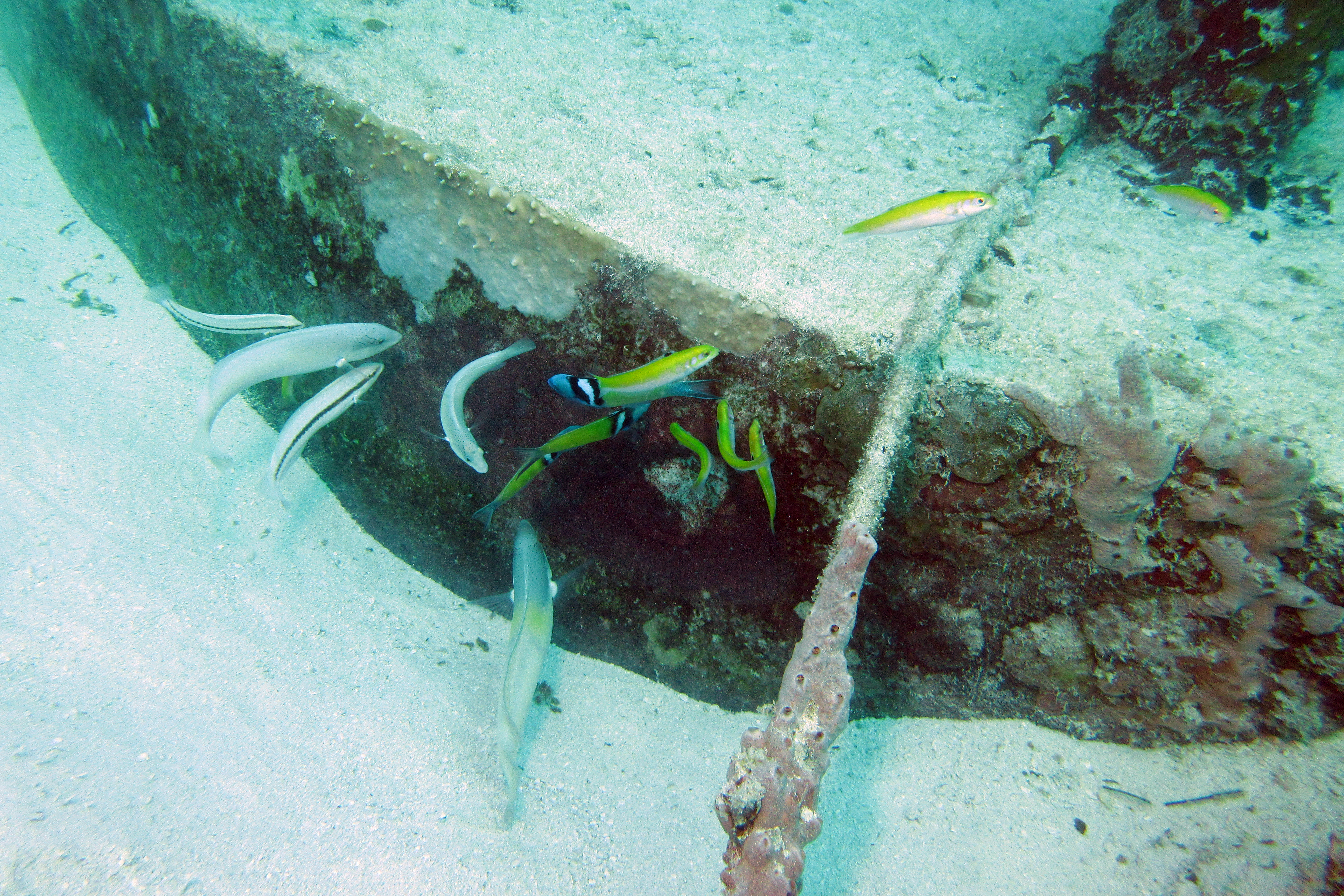MODU conducts design-led research to
develop innovative strategies of climate adaptation for our cities and beyond.



Self-Cooling Walls
In Houston’s hot climate, self-cooling concrete walls are cast with
corrugation patterns that help release solar heat more rapidly when passed over
by wind. Research demonstrated varying cooling rates based on the patterning,
with a significant difference compared to flat, non-corrugated panels.
More intricate patterns are used on walls exposed to direct sunlight
to enhance self-cooling. The increased surface area of the corrugations, along
with transpiration from abundant plants, helps create more comfortable
microclimates. These passive design strategies improve human experience and environmental impact while
contributing to a distinctive visual expression.
More information here
Indoor Terrace
New York City’s hot summers and cold winters make a multi-season room
especially beneficial, open during temperate seasons and enclosed air-tight otherwise. An
indoor terrace creates a unique environment that evolves with the
seasons. Shaded during warm weather and featuring large openings, the indoor
terrace passively cools the air
before it enters the
building, lowering energy costs .
Radiant heating provides warmth in early winter, allowing for extended use. In the summer, plantings and natural breezes
help lower temperatures, promoting healthy indoor-outdoor living.
More information here




